Remember when summer meant complete freedom from the moment the school bell rang until the streetlights came on? Those were the days when parents sent their kids outside with a simple “be home by dinner” and trusted the neighborhood to keep an eye on things. It was a different world back then—one where adventure was just around the corner and the biggest worry was whether you’d make it home before Mom started calling your name from the front porch.
1. The Local Five-and-Dime Store
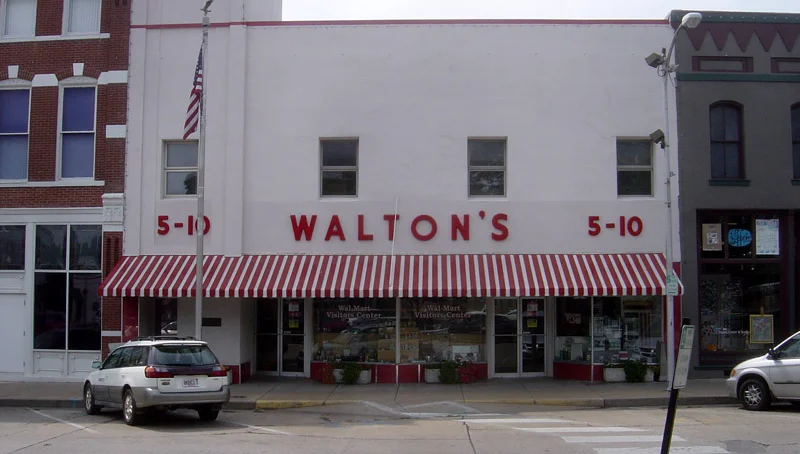
Every neighborhood had that magical five-and-dime where a kid could spend hours browsing the penny candy counter and comic book rack. You’d walk in with a quarter burning a hole in your pocket and face the impossible decision between a candy bar and the latest Superman comic. The store clerk knew every kid by name and would let you “put something on account” if you were a nickel short, trusting you’d make good on it next week.
Those stores were like treasure troves filled with everything from plastic army men to friendship bracelets. You could spend an entire Saturday afternoon just wandering the aisles, touching everything, and dreaming about what you’d buy when you finally saved up enough allowance money. The shopkeeper would chat with you about school or baseball, making you feel like a valued customer even when you only had enough for a pack of gum.
2. Construction Sites

Half-built houses were playgrounds in disguise, offering endless possibilities for adventure and imagination. Kids would slip through the temporary fencing to explore the skeletal frames of future homes, pretending they were jungle gyms or fortresses. The smell of fresh sawdust and the echo of voices in empty rooms created the perfect backdrop for games of hide-and-seek or make-believe.
Construction workers were surprisingly tolerant of curious youngsters, often taking time to explain what they were building or letting kids watch from a safe distance. You’d collect bent nails and wood scraps like they were precious artifacts, stuffing your pockets with “treasures” to take home. Nobody worried about liability lawsuits or safety regulations—it was just understood that kids would explore, and workers would keep an eye out for any real danger.
3. The Railroad Tracks
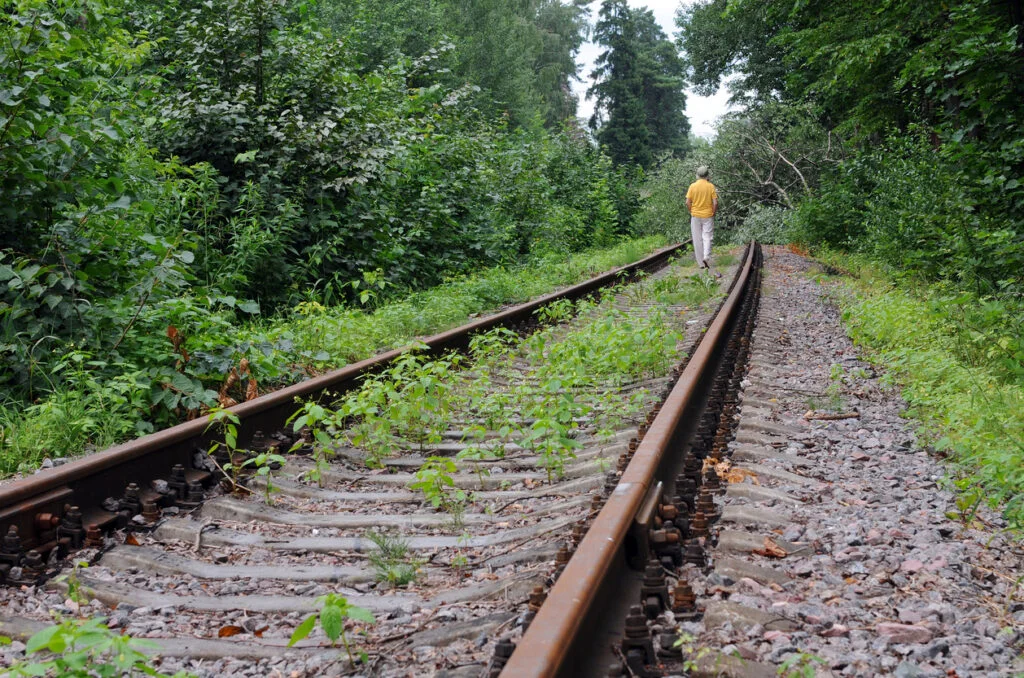
Those twin ribbons of steel cutting through every town were highways to adventure for restless kids with time to kill. You’d balance on the warm rails, seeing how far you could walk without falling off, or place pennies on the tracks to be flattened by the next freight train. The gentle curve of the tracks seemed to lead to mysterious places beyond the horizon, fueling dreams of grand adventures in faraway lands.
Walking the railroad tracks was like having your own private pathway through the world, away from busy streets and prying adult eyes. You’d discover secret hobo camps, hidden swimming holes, and forgotten bridges that became perfect spots for afternoon picnics. The distant whistle of an approaching train would send everyone scrambling to the side, hearts pounding with excitement rather than fear.
4. Downtown Department Stores
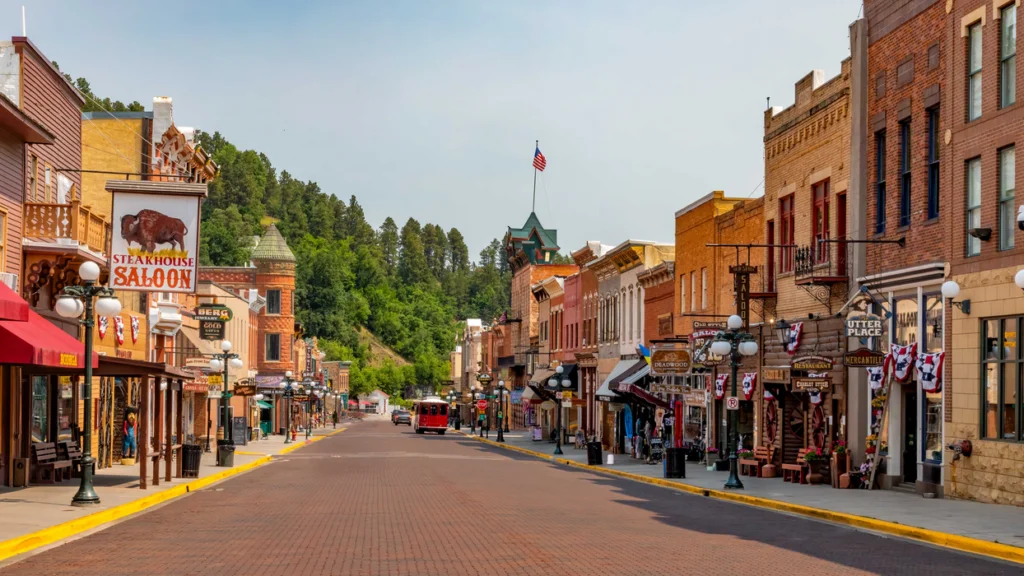
The big department stores were wonderlands where kids could roam freely through multiple floors of fascinating displays and merchandise. You’d take the elevator up and down just for fun, pressing buttons and watching the floor numbers light up like a magical countdown. The toy department was obviously the main attraction, but you’d also explore the furniture displays, pretending the model living rooms were your own personal playhouses.
Store employees treated wandering children as potential customers rather than nuisances, often letting you try things out or answering questions about how things worked. You could spend hours in the book section reading entire stories without anyone telling you to buy something or move along. The soda fountain or lunch counter provided the perfect spot to count your money and plan your next purchase while sipping a cherry Coke.
5. Neighborhood Backyards

Every backyard was fair game for exploration, whether it belonged to friends, neighbors, or even strangers who happened to be away for the day. Kids would hop fences with the casual confidence of seasoned explorers, checking out tree houses, gardens, and any interesting structures or hiding spots. Most homeowners didn’t mind the occasional visitor, especially if you were polite and didn’t damage anything.
Those backyard adventures led to the discovery of the best climbing trees, secret hideouts, and shortcuts between streets that adults never knew existed. You’d find forgotten toys, interesting rocks, or maybe even a friendly dog who became your temporary companion for the afternoon. The unspoken rule was simple: explore respectfully, don’t take anything that wasn’t yours, and always be ready to explain yourself if the homeowner showed up.
6. The Corner Drugstore
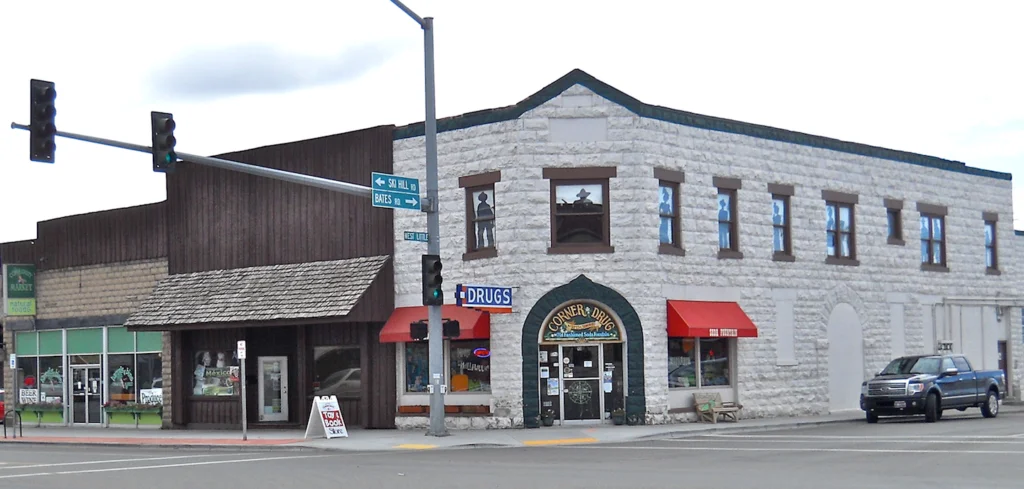
The local pharmacy was so much more than a place to pick up prescriptions—it was a social hub where kids could buy comic books, candy, and school supplies. The soda fountain counter served as an informal meeting place where you’d spin on red vinyl stools and order ice cream sodas with your friends. The pharmacist knew everyone in the neighborhood and would often let kids use the phone to call home or give directions to lost visitors.
Magazine racks provided hours of free entertainment as you flipped through the latest issues of Mad Magazine, Popular Mechanics, or teen fan magazines. The toy aisle, though small, was carefully curated with items that would capture any kid’s imagination, from model airplanes to chemistry sets. You could trust the staff to help you find exactly what you needed, whether it was a birthday card for Mom or bandages for a scraped knee.
7. Public Parks After Dark
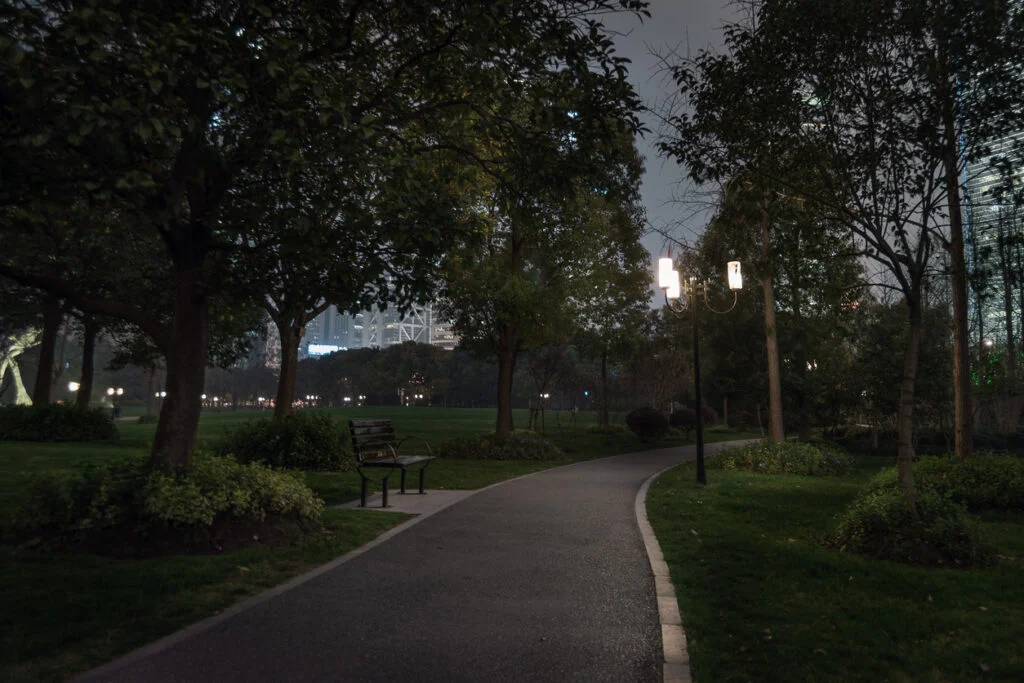
Once the sun went down, the local park transformed into a completely different world where kids could play flashlight tag or tell ghost stories. The playground equipment took on mysterious shadows, and every rustling bush could hide a friend or foe in whatever game you were playing. Parents knew their children were safe in these community spaces where neighbors looked out for each other’s kids.
Evening games of kick-the-can, hide-and-seek, or capture-the-flag could last for hours, with players ranging from first-graders to teenagers all playing together. The park benches became base camps where you’d regroup between games or share snacks someone’s mom had packed. Street lamps created pools of light that marked safe zones, while the darker areas added just enough mystery to keep things exciting.
8. The Local Swimming Pool
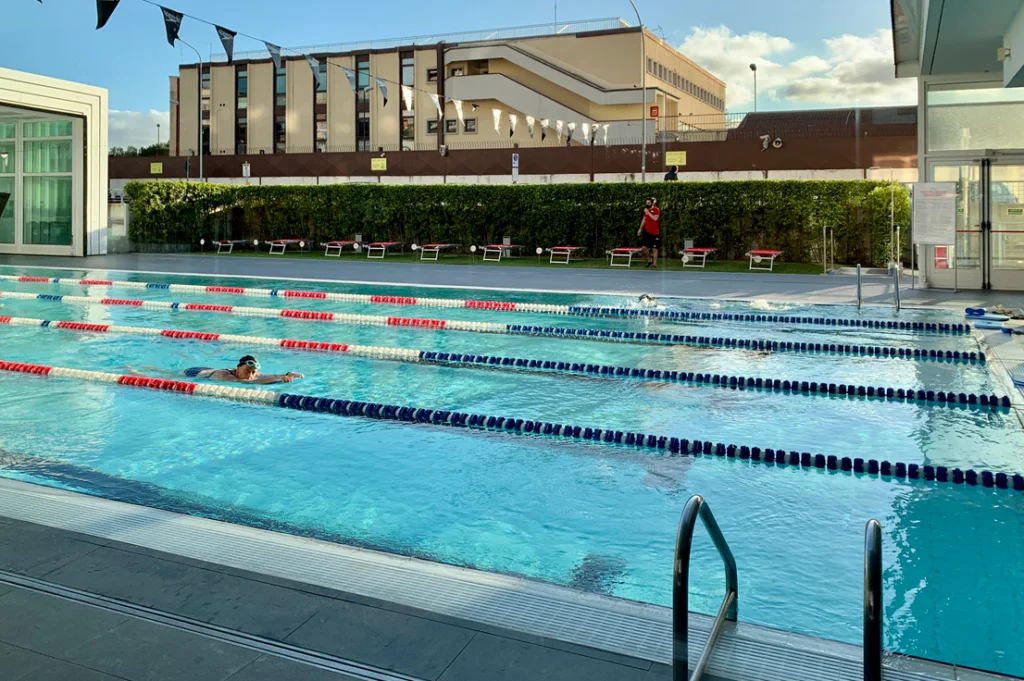
Public pools were gathering places where kids of all ages could spend entire summer days with minimal adult supervision. You’d arrive when the gates opened in the morning and stay until closing time, taking breaks only for lunch money your parents had given you. The lifeguards were often teenagers themselves, creating a relaxed atmosphere where everyone felt comfortable and included.
Pool games like Marco Polo, Red Light Green Light, and diving contests organized themselves naturally, with older kids teaching younger ones the rules and keeping everyone safe. The snack bar served as a meeting point where you’d buy penny candy and cold drinks, comparing pool passes and making plans for tomorrow’s adventures. Those chlorine-scented days seemed to stretch on forever, filled with laughter, sunshine, and the simple joy of being young and carefree.
9. Wooded Areas and “The Woods”
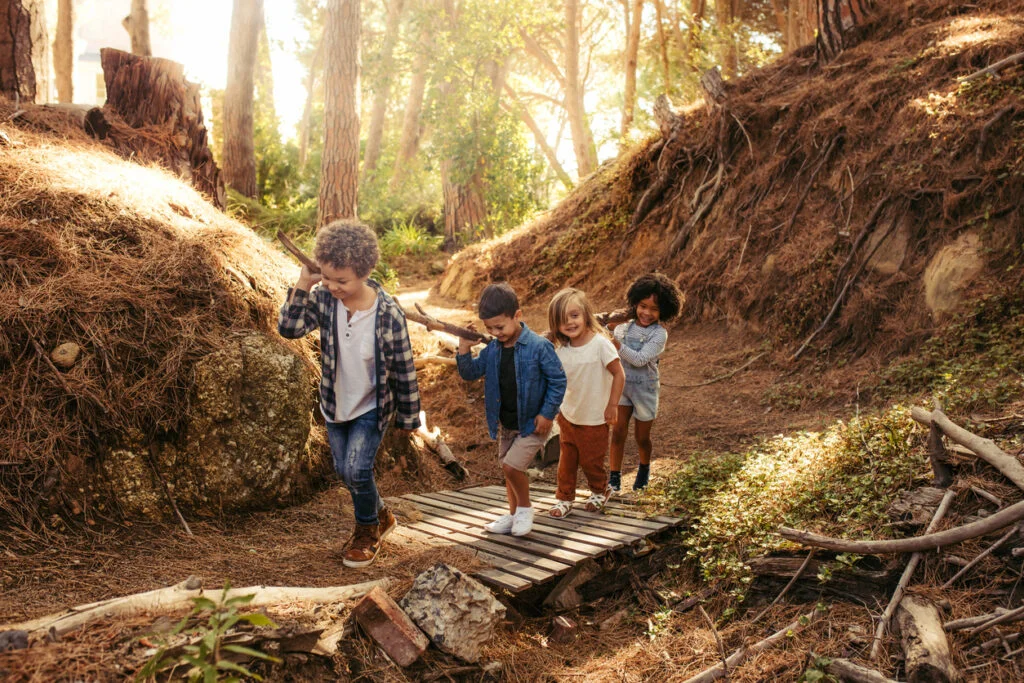
Every neighborhood seemed to have some patch of trees that kids simply called “The Woods,” whether it was a small grove or a sprawling forest. These natural playgrounds offered endless possibilities for building forts, climbing trees, and playing elaborate games of cowboys and Indians or army. You’d spend hours collecting interesting rocks, catching fireflies, or just lying on your back watching clouds drift by through the canopy.
The woods held a special kind of magic where imagination could run wild and kids could be explorers, scientists, or adventurers. You’d discover hidden clearings perfect for secret club meetings, streams ideal for catching minnows, and fallen logs that made excellent balance beams. Parents trusted that nature itself would teach their children important lessons about respect, caution, and the joy of discovery.
10. Abandoned Buildings
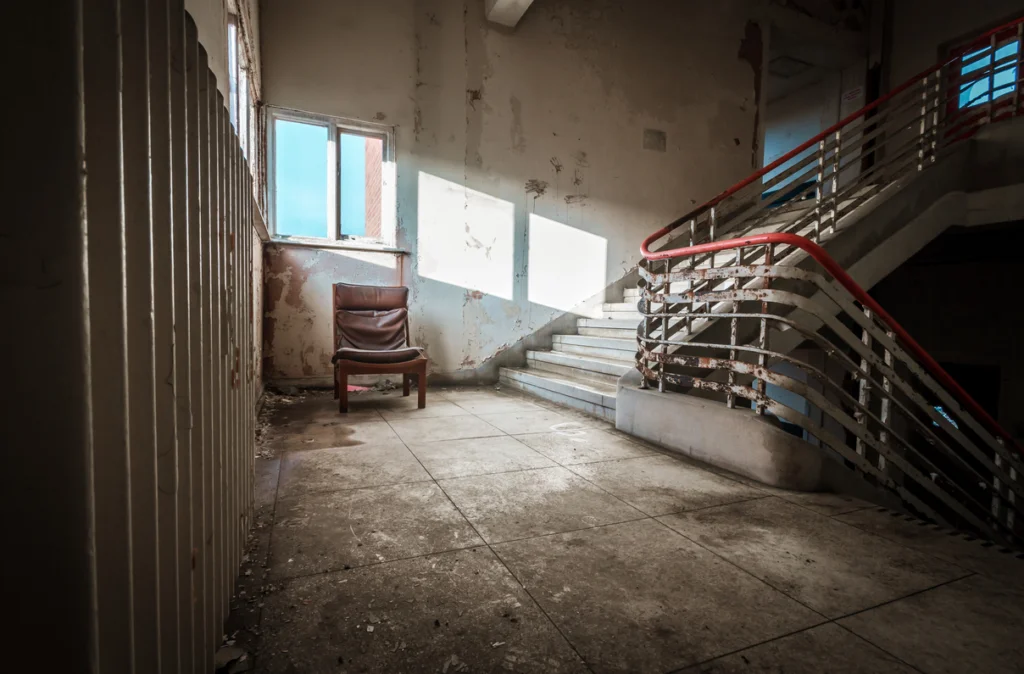
Empty houses, closed businesses, and forgotten barns became irresistible magnets for curious kids looking for adventure and mystery. These structures were natural playgrounds where you could imagine yourself as a detective solving crimes or an archaeologist uncovering ancient secrets. The thrill of exploration was heightened by the slight risk of being discovered, though most adults understood that empty buildings were naturally fascinating to young minds.
Every abandoned place had its own personality and stories that kids would create to explain why it was empty. You’d find interesting artifacts left behind—old magazines, forgotten toys, or mysterious contraptions that sparked lengthy discussions about their purpose. The unspoken rules were clear: look but don’t vandalize, explore but don’t destroy, and always have a good story ready if an adult asked what you were doing there.
11. The Ice Cream Truck Route
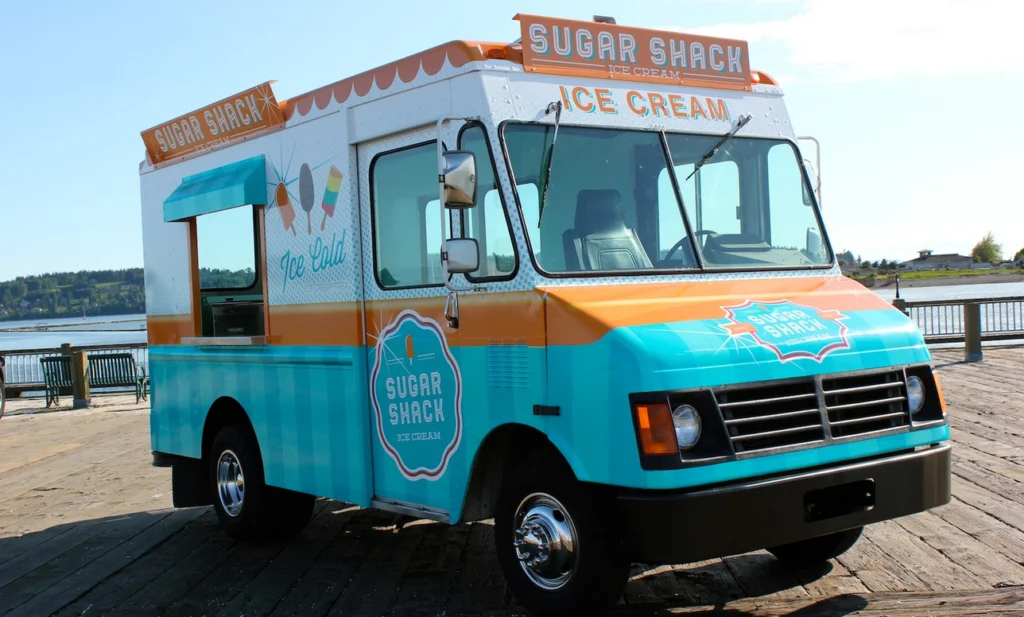
Following the ice cream truck through the neighborhood was like joining a parade of pure joy, with kids emerging from houses and yards like magic. You’d learn the route by heart, knowing exactly when and where the melodic chimes would next appear. The challenge was having your money ready and being in the right place at the right time, creating a daily adventure that brought the whole neighborhood together.
The ice cream man knew every kid’s favorite treat and would sometimes extend credit if you were a few cents short, trusting parents to settle up later. You’d walk alongside the truck for blocks, chatting with other kids and debating the merits of different frozen treats. Those slow-moving processions through tree-lined streets created some of the most perfect moments of childhood, when time seemed to move as slowly as the truck itself.
12. The Local Library
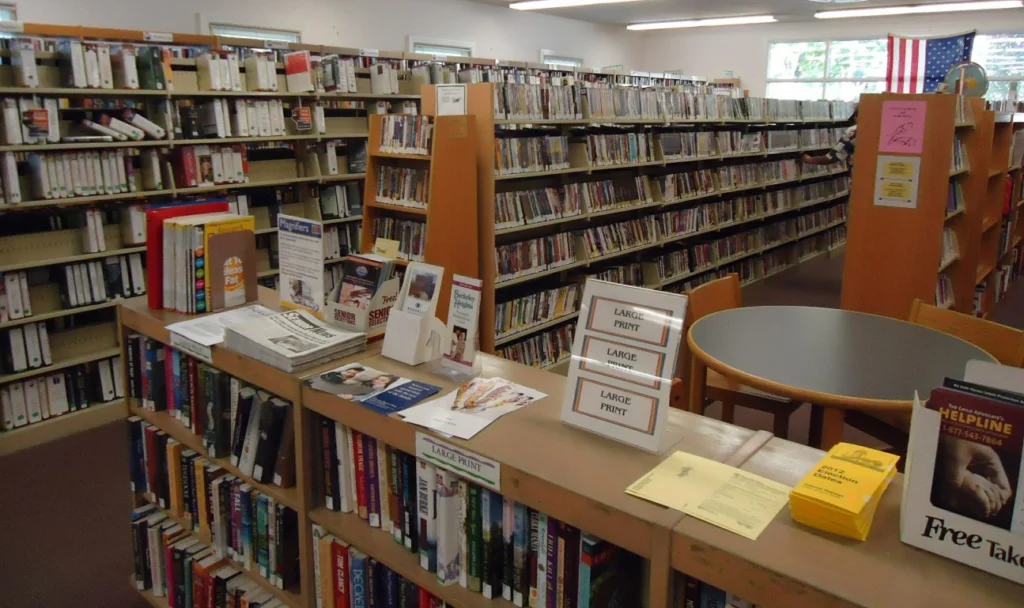
Libraries were sanctuaries where kids could disappear into other worlds for hours at a time, with librarians who treated every young visitor like a valued scholar. You’d walk in with a stack of books to return and leave with arms full of new adventures, never questioned about your choices or reading level. The children’s section felt like your own private kingdom, complete with cozy reading nooks and displays that showcased the latest arrivals.
Summer reading programs turned the library into a social hub where kids would compare their progress and recommend favorite books to friends. The librarians knew your reading preferences and would set aside books they thought you’d enjoy, creating a personal service that made every visit feel special. You could spend rainy afternoons curled up in a corner chair, traveling to distant lands and meeting fascinating characters, all while staying perfectly safe and dry.
Those were the days when childhood felt infinite and the world seemed designed specifically for young adventurers. Every day brought new possibilities, and freedom was measured not in minutes but in the distance between home and wherever your curiosity might lead you. Looking back, it’s clear that we were living in a special time when trust was the foundation of community life, and growing up meant gradually expanding your circle of independence until the whole neighborhood felt like home.
This story Places Kids Were Allowed to Wander in the ’60s—With No Supervision and No Fear was first published on Takes Me Back.


